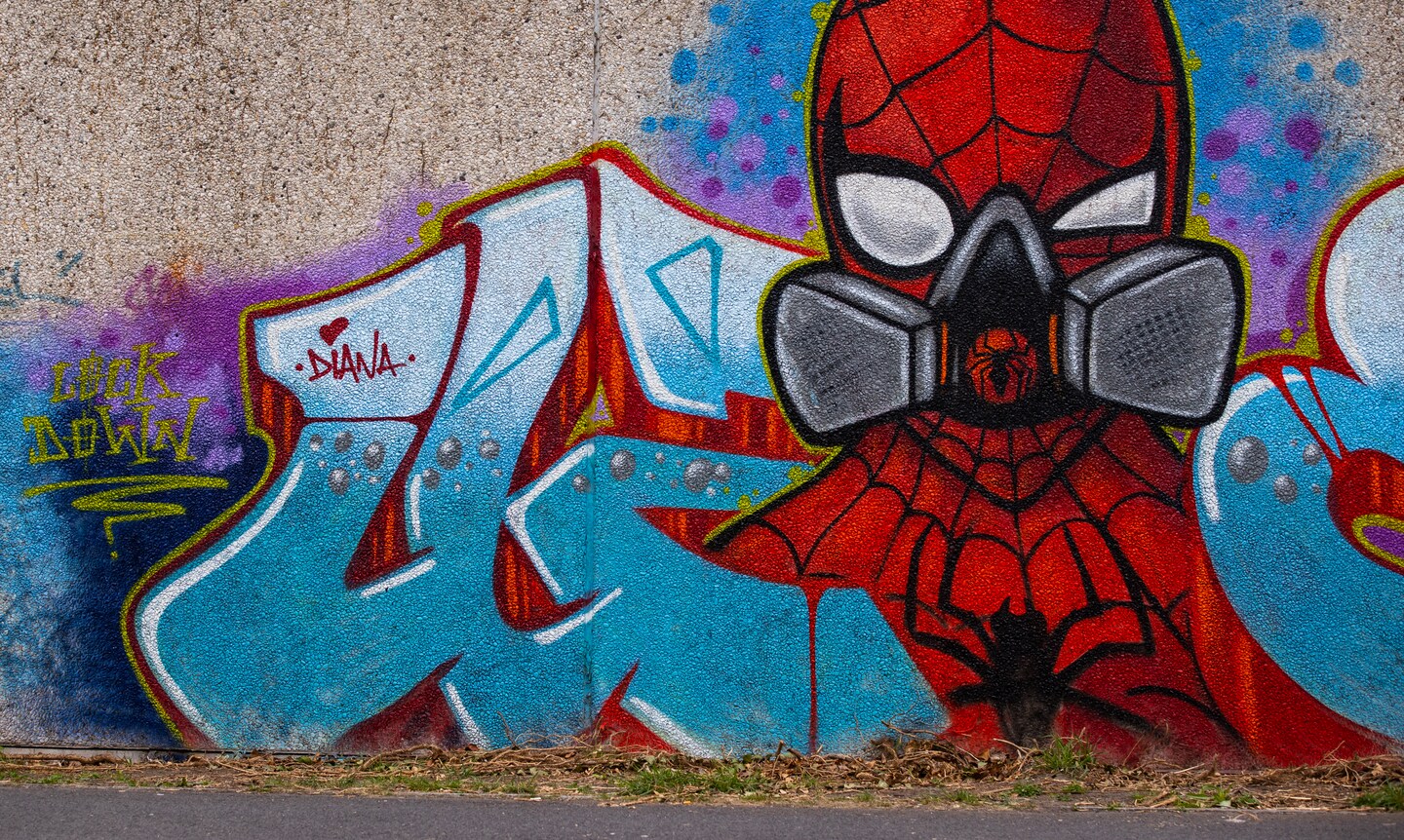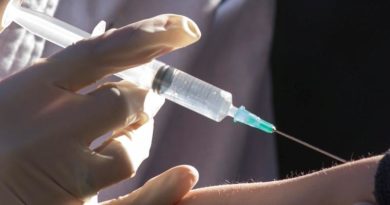What’s real and fake in covid-19 news

The News Literacy Project also offers a program called Checkology, a browser-based platform designed for students in grades six through 12 that helps prepare the next generation to easily identify misinformation. Now, during the novel coronavirus pandemic, the project is offering access to Checkology Premium at no cost to educators and parents in the United States. In just two weeks of the offer, more than 1,100 educators and parents in 49 states and the District have registered to use the platform with as many as 90,000 students.
You can learn more about the News Literacy Project and all of the educational resources it provides in this piece, but here’s a rundown:
Founded more than a decade ago by Alan Miller, a Pulitzer Prize-winning reporter at the Los Angeles Times, the News Literacy Project is now the leading provider of news literacy education.
It creates digital curriculums and other resources and works with educators and journalists to teach middle school and high school students how to recognize news and information to trust — and provides them with the tools they need to be informed and engaged participants in a democracy. It uses the standards of high-quality journalism as an aspirational yardstick against which to measure all news and information. Just as important, it provides the next generation with an appreciation of the First Amendment and the role of a free press.
The following lessons come from the April 13 edition of the Sift and relate to the pandemic that has shut down public life in much of the world, including in the United States.
Microwaving masks does not sanitize them
NO: Microwaving a fabric protective face mask in a plastic bag for several minutes will not sanitize it.
YES: Doing this can melt plastic and burn the fabric — and can cause a fire if the mask has a metal wire. (Sewing pipe cleaners or twist-ties, both of which contain metal, into the top and bottom edges of a homemade mask has been suggested as a way of helping to ensure a tighter seal around the nose and mouth.)
YES: Many people said that they tried this — and posted pictures of the aftermath on Facebook:
Conspiracy theories about 5G and covid-19
Online conspiracy theories pushing false connections between 5G technology and the covid-19 pandemic are continuing to rapidly gain momentum. Social media accounts and groups dedicated to advancing these theories have accumulated hundreds of thousands of new followers, including a number of celebrities, in recent weeks. In the United Kingdom, where these theories have particularly taken hold, there have been more than 30 acts of arson and vandalism to cell towers and roughly 80 incidents in which technicians have been harassed while working.
The theories range across a spectrum of false beliefs, including provably untrue claims that 5G radio waves cause covid-19 or suppress the immune system, and the even more outlandish notion that the entire pandemic is a hoax perpetrated by governments and media outlets around the world to facilitate the installation of 5G networks.
One factor behind the recent rise of such theories was an interview published on Jan. 22 by the Belgian newspaper Het Laatste Nieuws, in which a doctor made a number of highly speculative and unfounded claims about 5G technology. (The article was taken down “within a few hours,” the publication’s editor said, but not before the doctor’s claims had been disseminated widely.)
There is also evidence that the recent surge in 5G conspiracies is being intensified by coordinated disinformation campaigns online — some of which appear to be state-sponsored, researchers say.
Note: A New York Times report last May highlighted the role of RT America, the U.S.-focused arm of a Russian state-run television outlet, in kindling unwarranted public fears about 5G in other countries, possibly as part of a Kremlin strategy.
Also note: Conspiracy theories often appeal to people seeking to make sense of complex, alarming events. Not only do such “explanations,” however unfounded, provide comfort by offering a scapegoat, they also (falsely) suggest solutions — which is also appealing.
Discuss: Why do conspiracy theories appeal to people? What other technological advancements have spawned conspiracy theories? Should social media companies delete posts that encourage violence against 5G towers? Should they ban all speech that attempts to connect 5G with the pandemic? Why or why not?
Idea: Use this example as an opportunity to teach students about how coordinated disinformation campaigns work, and specifically how state-run media — such as RT America — can use speculation and story selection to strategically advance state interests.
This article has been archived for your research. The original version from The Washington Post can be found here.

